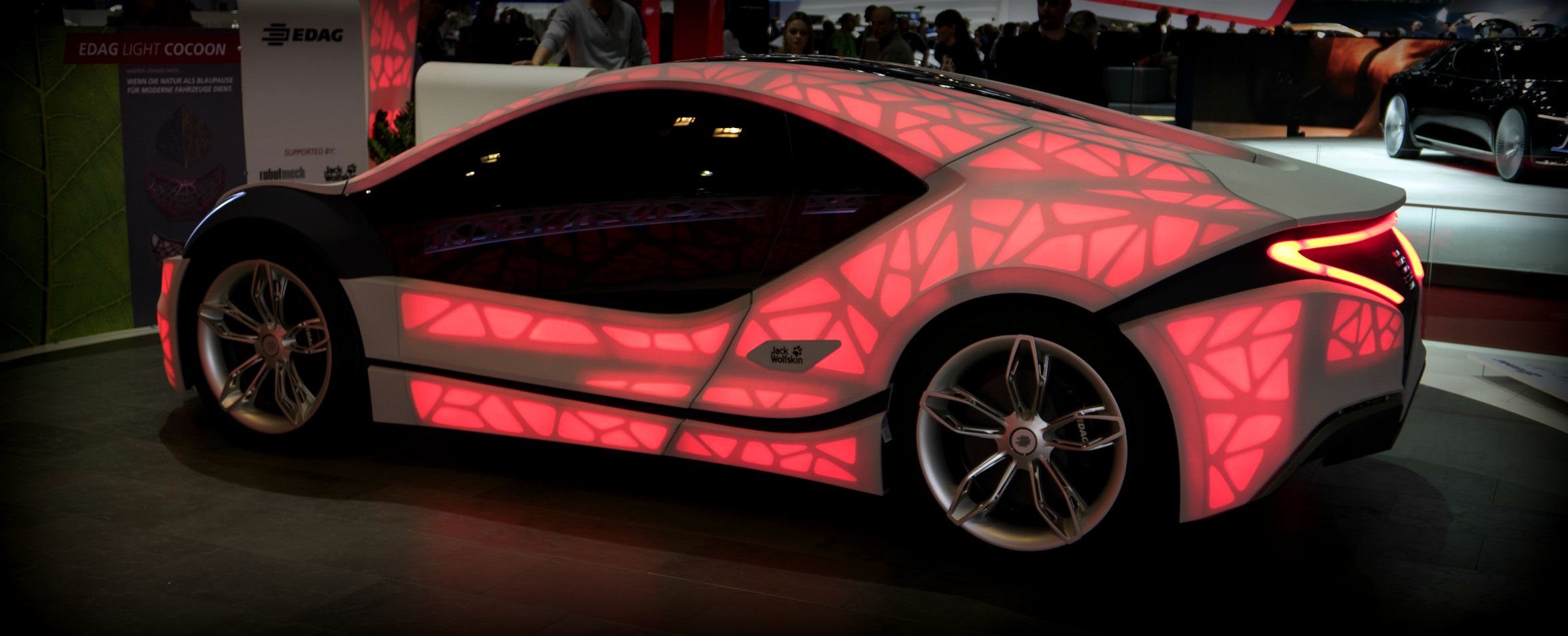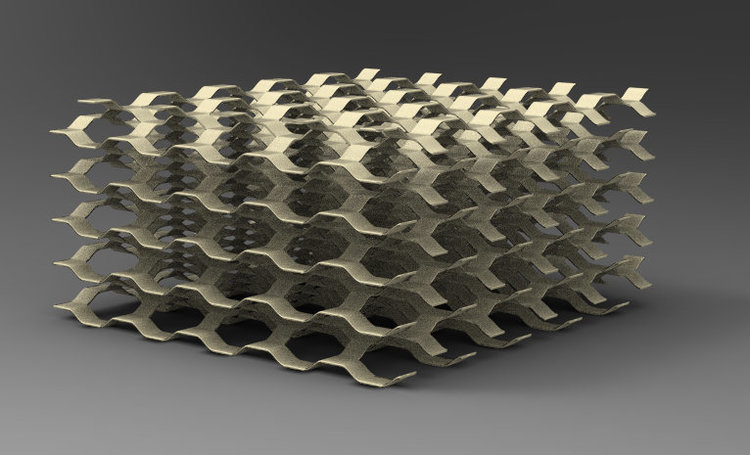Are 3D Printed Cars the Future of the Auto Industry?

3D printing technology has been available since the 1980s, but only recently have we seen it applied at an industrial capacity. In the past few years, 3D printing—sometimes called additive manufacturing or 3DP—has been used to construct apparel, medical devices, and even buildings. Now, the automotive industry has started to use the process to create 3D cars.
3DP vs. the Assembly Line: Racing for Pink Slips
Henry Ford’s moving assembly line, implemented in 1913, revolutionized the industry and simplified mass production. However, over a hundred years later, the process for manufacturing automobiles remains largely unchanged. The now-dated system is expensive, requires extensive labor, and wastes an enormous amount of energy—even when building the “greenest” vehicles.
This may all come to change very soon. A 3D printer, which is essentially a sophisticated industrial robot, manufactures an object from a digital file. The object is created by successively layering material until the entire object is created. 3D printing can be done with metals, plastics, and composite materials.
The automobile industry has used 3D printing primarily for prototyping, so while there are a number of prototypes out there, they’re still mostly just ideas. Now though, some companies are using 3D printing to produce cars that are actually ready for a mass market. Swedish manufacturer Koenigsegg has produced a run of 300 high-performance vehicles with parts manufactured through 3D printing.
3D Printing and the Radical Reshaping of the Auto Industry
Free from the assembly line, 3D printing promises to drive the future of automobiles and automated manufacturing facilities. Cars of the future will look different, obviously, but the real differences that 3D printed cars will offer include:
- Greater customization (e.g., built-in legroom for a taller car owner, orthopedic cushions for a driver with back problems, or a wider driver’s seat for a heavier driver.)
- Streamlined production (e.g., no excess scrap metal or material, fewer steps between concept and production, and less total material needed per vehicle.)
- Weight and safety (e.g., 3D printed cars are built with solid exteriors but honeycomb-lattice interiors, which increases safety and makes them lighter than today’s vehicles.)
- Energy efficiency (i.e., 3D printing saves significantly more energy than traditional manufacturing.)
Car Manufacturing: A Numbers Game
3D printing may eventually level the automotive playing field to allow a new wave of companies to compete with larger manufacturers. The up-and-coming printing company, Divergent Microfactories, claims that their plants can produce up to 10,000 vehicles a year (compare to the 460,338 vehicles produced at Ford’s top-producing factory in 2011); small companies’ production capacities and competitive edge will increase as their technology improves.
So, what do you think? Would you buy a 3D printed car?

